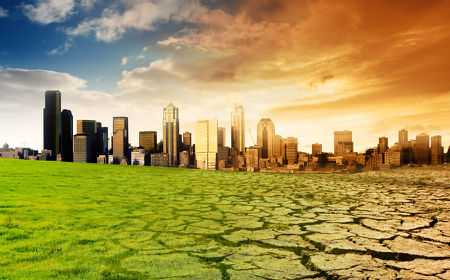Difference between revisions of "Group13 Proposal"
Jump to navigation
Jump to search
| Line 9: | Line 9: | ||
<div style="background:#5d6d7e; border:#002060; padding-left:15px; text-align:center;"> | <div style="background:#5d6d7e; border:#002060; padding-left:15px; text-align:center;"> | ||
| − | <font size = 5; color="#FFFFFF"><span style="font-family:Century Gothic;"> | + | <font size = 5; color="#FFFFFF"><span style="font-family:Century Gothic;">Have We Really Progressed? |
</span></font> | </span></font> | ||
</div> | </div> | ||
<!--MAIN HEADER --> | <!--MAIN HEADER --> | ||
| − | {|style="background-color:# | + | {|style="background-color:#5d6d7e;" width="100%" cellspacing="0" cellpadding="0" valign="top" border="0" | |
| style="font-family:Century Gothic; font-size:100%; solid #1B338F; background:#5d6d7e; text-align:center;" width="20%" | | | style="font-family:Century Gothic; font-size:100%; solid #1B338F; background:#5d6d7e; text-align:center;" width="20%" | | ||
; | ; | ||
| Line 44: | Line 44: | ||
</div> | </div> | ||
| − | + | TBC | |
| − | |||
| − | |||
| − | |||
<!--INTRODUCTION--> | <!--INTRODUCTION--> | ||
| Line 56: | Line 53: | ||
</div> | </div> | ||
| − | + | TBC | |
| − | |||
| − | |||
<!--INSPIRATION--> | <!--INSPIRATION--> | ||
| Line 67: | Line 62: | ||
</div> | </div> | ||
| − | + | TBC | |
<!--KEY OBJECTIVES--> | <!--KEY OBJECTIVES--> | ||
| − | + | TBC | |
| − | |||
| − | |||
| − | |||
| − | |||
| − | |||
| − | |||
| − | |||
| − | |||
| − | |||
| − | |||
| − | |||
| − | |||
<!--DATASET--> | <!--DATASET--> | ||
| Line 89: | Line 72: | ||
<font size = 5><span style="font-family:Century Gothic;">Description of Dataset</span></font> | <font size = 5><span style="font-family:Century Gothic;">Description of Dataset</span></font> | ||
</div> | </div> | ||
| − | + | ||
| − | + | TBC | |
| − | |||
| − | |||
| − | |||
| − | |||
| − | |||
| − | |||
| − | |||
| − | |||
| − | |||
<!--KEY MILESTONES--> | <!--KEY MILESTONES--> | ||
| Line 109: | Line 83: | ||
</div> | </div> | ||
| − | + | TBC | |
| − | |||
| − | |||
| − | |||
| − | |||
| − | |||
<!--KEY MILESTONES--> | <!--KEY MILESTONES--> | ||
| Line 123: | Line 92: | ||
</div> | </div> | ||
| − | + | TBC | |
| − | |||
| − | |||
| − | |||
| − | |||
<!--EXPECTED CHALLENGES--> | <!--EXPECTED CHALLENGES--> | ||
| Line 136: | Line 101: | ||
</div> | </div> | ||
| − | + | TBC | |
| − | |||
| − | |||
| − | |||
| − | |||
| − | |||
| − | |||
| − | |||
| − | |||
| − | |||
| − | |||
<!--REFERENCES--> | <!--REFERENCES--> | ||
Revision as of 11:50, 17 June 2018
Have We Really Progressed?
|
|
|
|
|
|
Introduction
TBC
Inspiration
TBC
Key Objectives
TBC
TBC
Description of Dataset
TBC
Key Milestones
Key milestones (tentative) are listed below:
TBC
Expected Challenges
TBC
References
TBC
